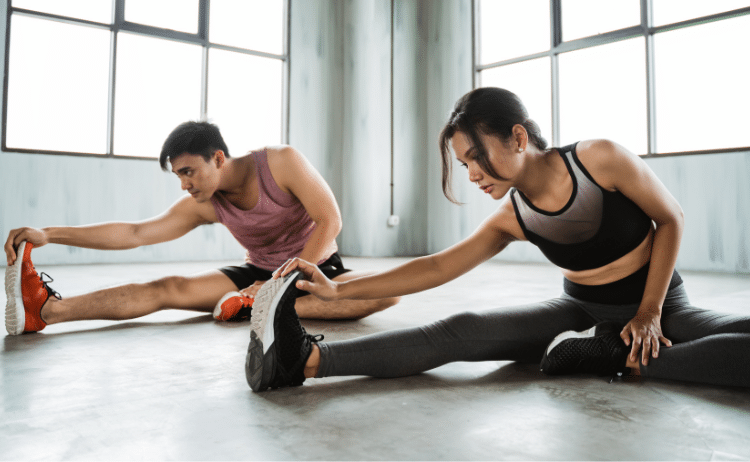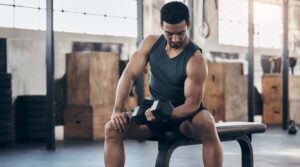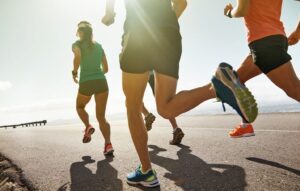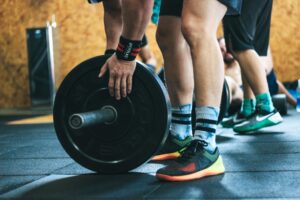Stretching is often overlooked as a part of fitness. However, it has a major impact on overall health, performance, and mobility. Stretching may seem unnecessary or simple to beginners. However, it is essential for better movement and a reduced risk of injury. Stretching lengthens muscles, increases flexibility, and improves circulation. This makes everyday activities and workouts easier and more comfortable. Beginners can create a solid foundation by learning the basics. These improvements will allow them to move more easily and recover quicker from physical activity.
Stretching Improves Flexibility
Flexibility is the ability to move the joints and muscles through their entire range of motion. Tightness can cause stiffness and limit mobility in the hips, shoulders, or hamstrings. Stretching elongates the muscles and tendons gradually, making them more flexible and responsive. Flexibility improves with regular practice. Movements become more fluid and easier. Beginners will notice improvements within a few short weeks. Even small increases in flexibility have a significant impact on comfort and performance.
Stretching Techniques
Understanding the differences between stretching types will help beginners select the best approach. Dynamic stretching is a controlled movement that warms up the muscles before exercising. Static stretching involves holding one position for an extended period of time. Active stretching is when the opposing muscle group helps to stretch the target muscle. Passive stretching relies on an external aid such as a strap or a partner. There are many types of stretching, each with its purpose. However, beginners should concentrate on static and dynamic stretches to establish a strong foundation.
Warming up Before Stretching is important.
Understanding when and how you should stretch is fundamental for beginners. Warming up muscles before stretching can reduce the risk of injury. Walking, jogging, or other gentle movements will get the blood flowing and prepare your muscles for stretching. Warm muscles are more flexible and responsive, so it is best to warm them up before exercising. Warm muscles can be stretched after workouts to increase flexibility and speed up recovery.
Targeting Major Muscle Groups
Stretching the major muscle groups is the best way to improve flexibility for beginners. Hamstrings, quadriceps and calves, hips and shoulders, and the back and chest are all common places that become tightened by daily activities such as walking or sitting. Regular stretching of these areas improves flexibility and relieves stiffness. Stretching tight hip flexors, for example, can relieve lower back pain, while loosening shoulders can improve posture. Beginners can improve the effectiveness of their stretching sessions by focusing on these areas.
Stretching Mistakes to Avoid
Stretching mistakes can cause injuries or slow progress. Bouncing while stretching can cause muscles to be stretched instead of being lengthened. A second mistake is to push too hard or force the body into uncomfortable positions. This leads to pain instead of flexibility. Stretching should feel gentle and controlled. Consistency is more important than intensity. Small improvements over time will lead to greater flexibility without risking injury.
Stretching for Flexibility
Consistent stretching is more effective than occasional stretching. Stretching daily is better for beginners, but stretching three to four days a week will also yield beneficial results. Regular stretching sessions of ten to 15 minutes can improve flexibility. Stretching can be done after a workout, before bed, or in the morning. It all depends on how you feel. Stretching can be a daily habit that promotes relaxation and better mobility.
The Benefits of Flexibility
Stretching is not just about flexibility. Stretching can reduce muscle tension, increase blood flow, and relax you, which in turn reduces stress. It improves posture by correcting muscular imbalances and improving movement efficiency. Stretching improves athletic performance through improved coordination and range. Stretching can provide relief for those who sit at their desks all day. It is a great practice not only for athletes but also for anyone.
Being Consistent and Patient
Beginners should not expect to see dramatic results in a short time. Stretching requires patience and consistency, just like cardio or strength training. Even though progress may seem slow at first, even small improvements are worth celebrating. Stretching should be done like other exercises. Stretching can make the body more flexible and improve movement.
Conclusion
Stretching can be a powerful, yet simple practice that transforms the way your body feels and moves. Beginners should learn the basics, such as how to warm up, focus on major muscle groups, and avoid common mistakes, in order to achieve safe and effective results. Flexibility can be built up gradually with patience and gentle effort. Stretching improves posture and reduces stress. It also enhances your overall health. Stretching regularly can provide long-lasting health benefits for beginners.
FAQs
1. For beginners, how long should they hold the stretch?
Beginners should focus on gentle tension, without any pain.
2. When is the best moment to stretch?
Stretching is effective at any time, but most effective after warming up and after exercise when the muscles have already been loosened.
3. Can stretching reduce muscle pain?
Stretching after exercising can reduce stiffness, aid in recovery, and help with the reduction of pain. However, rest and hydration are also very important.
4. Can you stretch every day?
Stretching daily is beneficial and safe, as long as you do it gently.
5. Does stretching require equipment?
Stretching can be done using only your body. However, props such as foam rollers and yoga straps can help you with some stretches.




